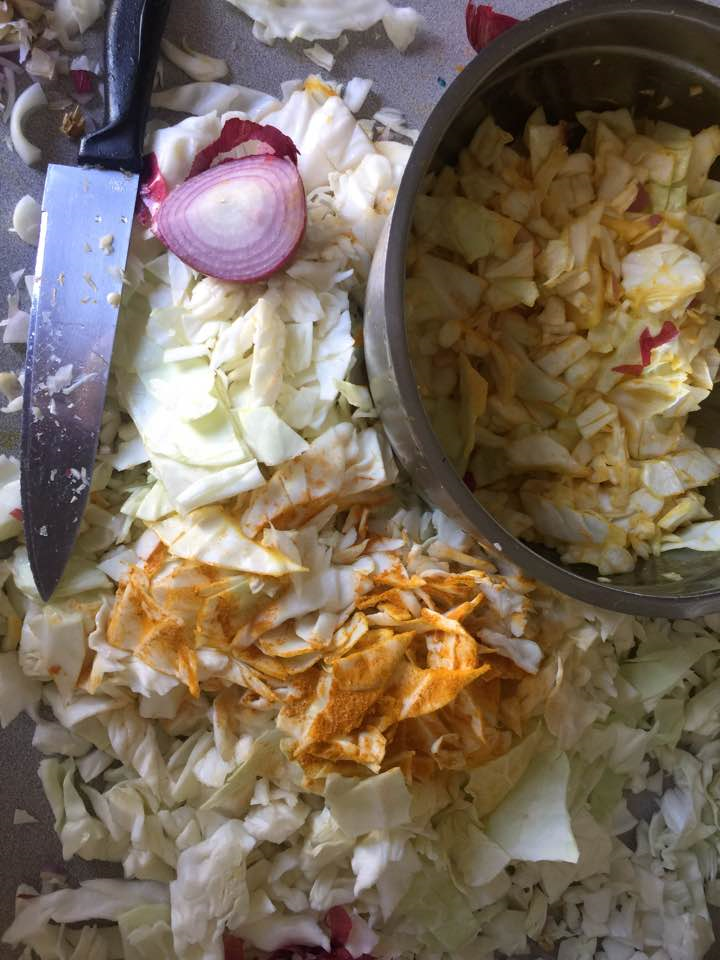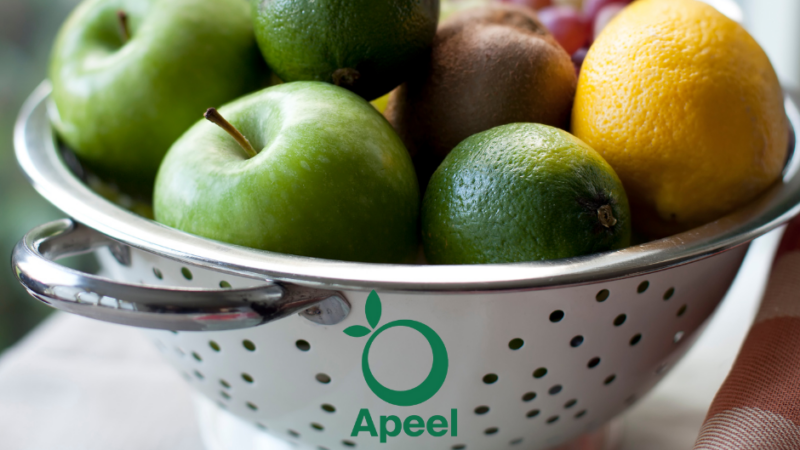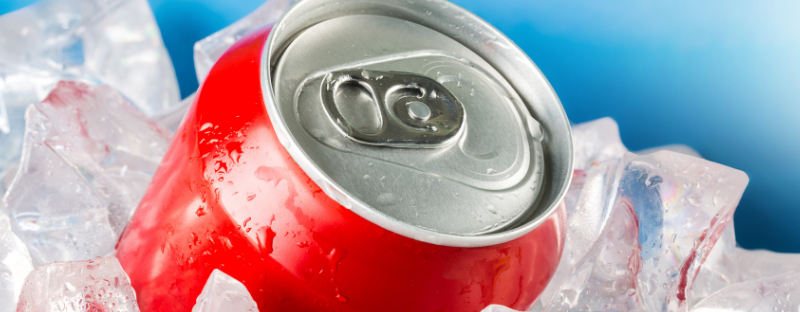DIY Medicinals: Turmeric Onion Sauerkraut

Naturally fermented raw sauerkraut is an excellent source of important probiotics that help to maintain healthy gut bacteria. Raw sauerkraut contains lactic acid and living probiotic organisms that are created through the fermentation process,
What does
Sauerkraut can be made of two simple ingredients: cabbage and salt. At the beginning of the fermentation process, the salt preserves the cabbage to prevent if from rotting, allowing the fermentation process to begin – a process that begins after only a couple of days. During the process of fermentation, starches and sugar in the vegetables are converted to lactic acid, or probiotic bacteria, a naturally occurring substance that prevents the formation of harmful bacteria and acts as a preservative.
These probiotic bacteria are extremely helpful in aiding human digestion and in helping our
A healthy body begins with a healthy gut, and probiotics are your gut’s best friend. Probiotics can also be found in yogurt, kefir, chocolates and probiotic tablets, all of which introduce important
Benefits of sauerkraut:
important source of probiotics for gut healthhelp the body detoxexcellent source of dietary fiber, vitamin C, vitamin A, and vitamin Kgood source of iron, manganese, magnesium, copper, sodium and calciumexcellent for digestive, heart, eye and skin health- anti-inflammatory
boosts immune system (35% RDV of vitamin C)
About Turmeric
Turmeric is a root vegetable native to India and China, and has been long been used for its medicinal qualities. Bright yellow-orange in color, slightly peppery and bitter in flavor, it is most commonly seen in curry powder and as an ingredient in ball park mustard. But more important are the health benefits it provides.
Turmeric qualities:
it is anti-inflammatoryexcellent source of iron and manganesegood source of vitamin B6, dietary fiber and potassiumhas been used effectively in cancer treatmentshelps prevent gas when cooked together with legumesused intreatment of a variety of health issues including cardiovascular disease, rheumatoid arthritis, and high cholesterol
Source: whfoods.com
Are ready to make your own raw sauerkraut by now? You’re
Turmeric Onion Sauerkraut
- 1.5 lbs/700g green cabbage, sliced thinly
- 1/2 onion, diced small
- 1 tablespoon sea salt
- 1/2 tablespoon turmeric
Note: You may want to use kitchen gloves when handling this sauerkraut. Turmeric tends to stain everything it touches, so your hands will stay yellow for days.
Combine all ingredients in a large stainless steel mixing bowl. Using your hands, massage the cabbage for about 5 minutes to tenderize it. Allow the mixture to rest for 30 minutes in order to let the salt draw the water out of the cabbage. Pack it into your Kraut Source jar or crock, pushing the cabbage down so that the liquid covers the vegetables. Secure the lid per the Kraut Source instructions; or if using a fermentation vessel, follow those instructions; or alternatively, check these instructions here.
Set the jar out of your way and out of direct sunlight to ferment for 3 weeks. You may want to place the jar in a shallow bowl or on a plate for the first week as it tends to bubble and sometimes spills over. After 3 weeks, taste the sauerkraut. If it tastes just the way you want it, transfer it to another glass jar with a lid and store in your refrigerator for up to several months. If you’d like it to be more sour, replace the lid and continue to ferment for several more days/week.
Makes 1 quart / 1 liter.
For additional recipes, try these:
- Kraut Source Recipes
- Wild Fermentation web site by Sandor Katz
- The Punk Domestics website and community
Did you like this recipe? What are you fermenting in your kitchen right now? Let us know in the comments below! We’d love to hear from you.






